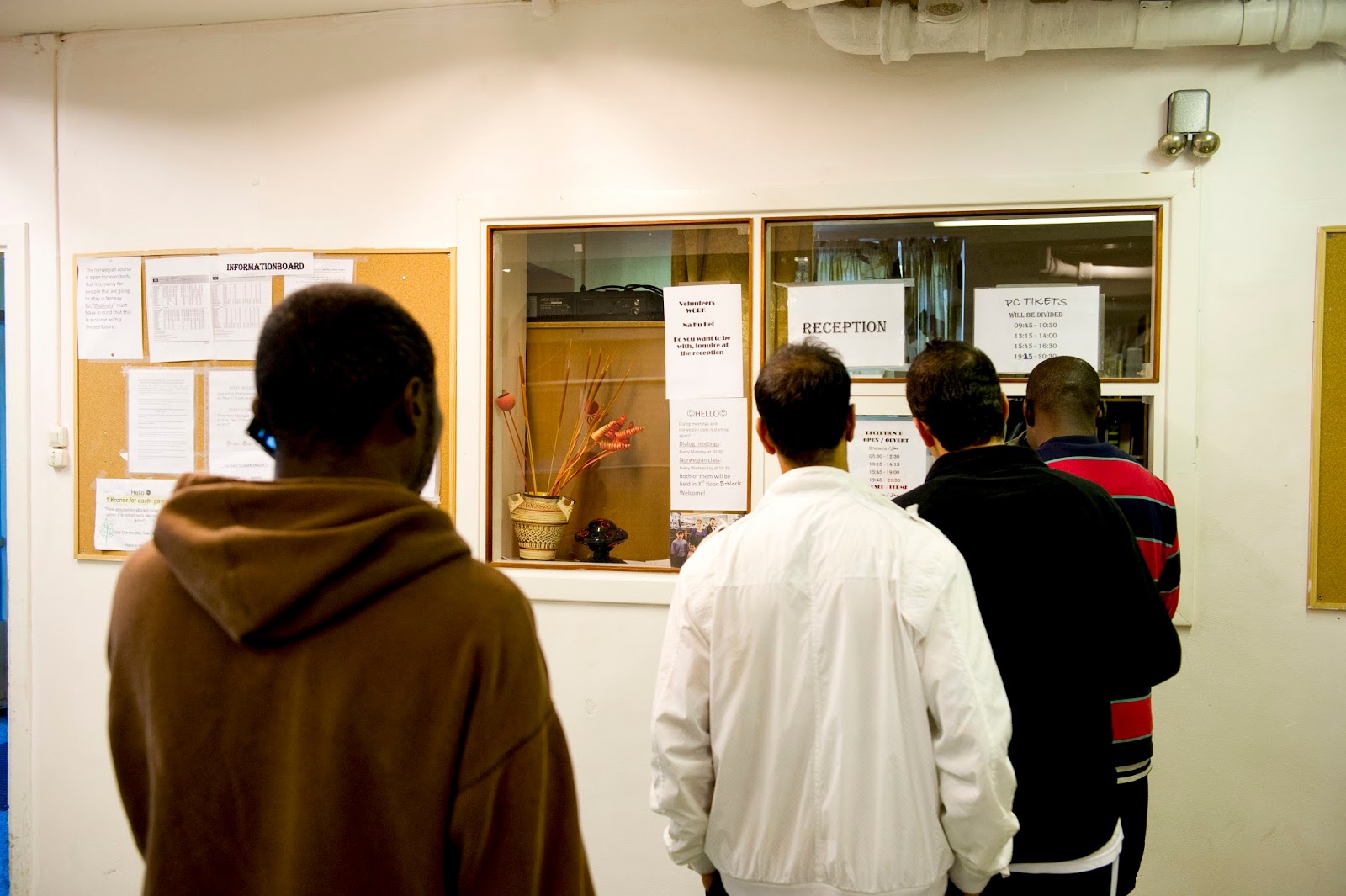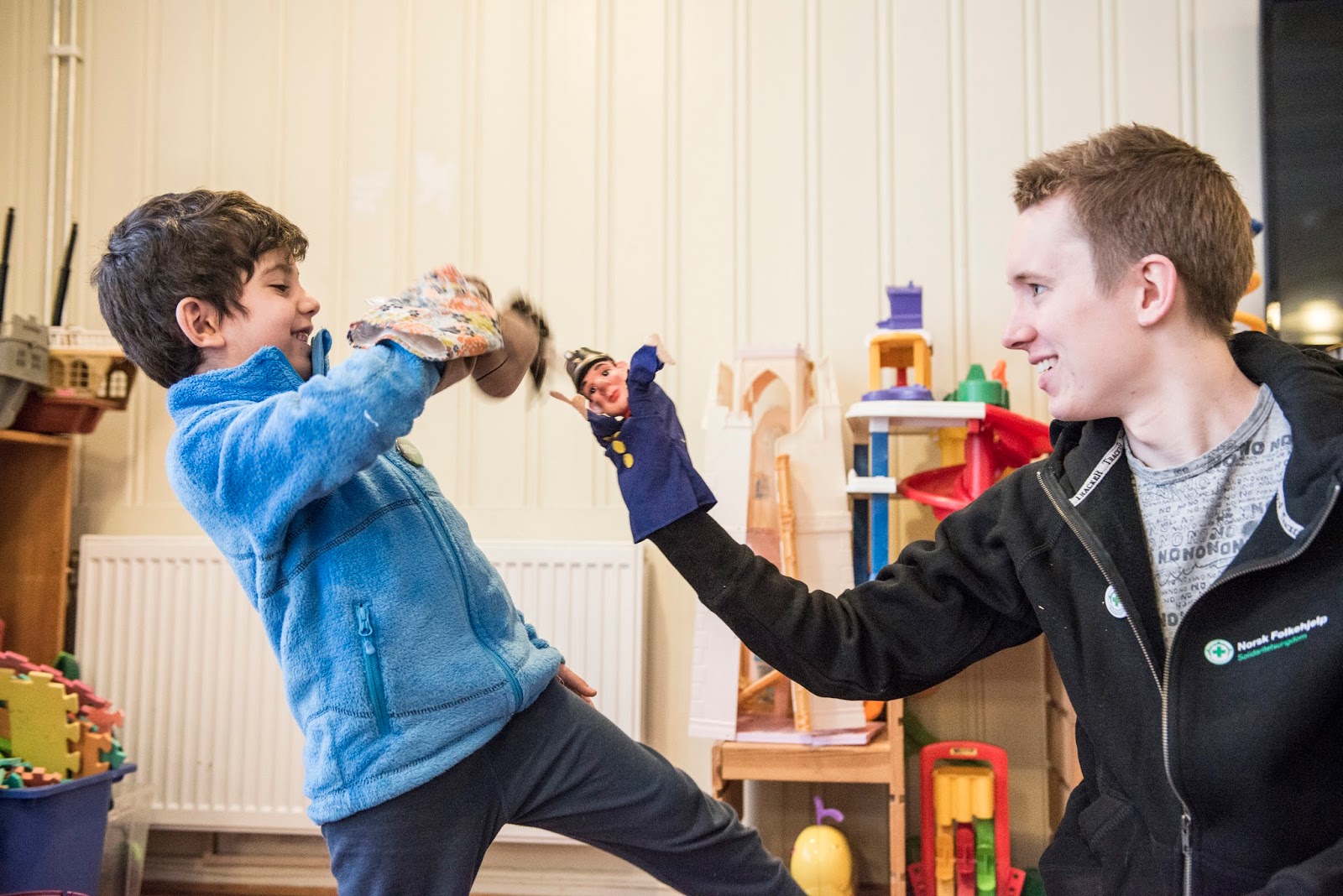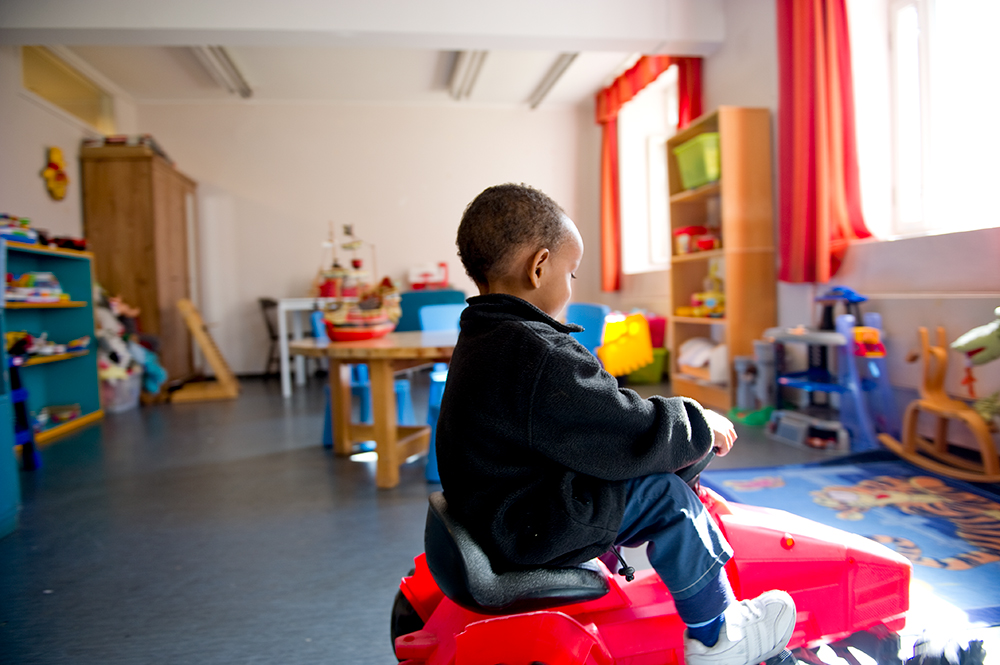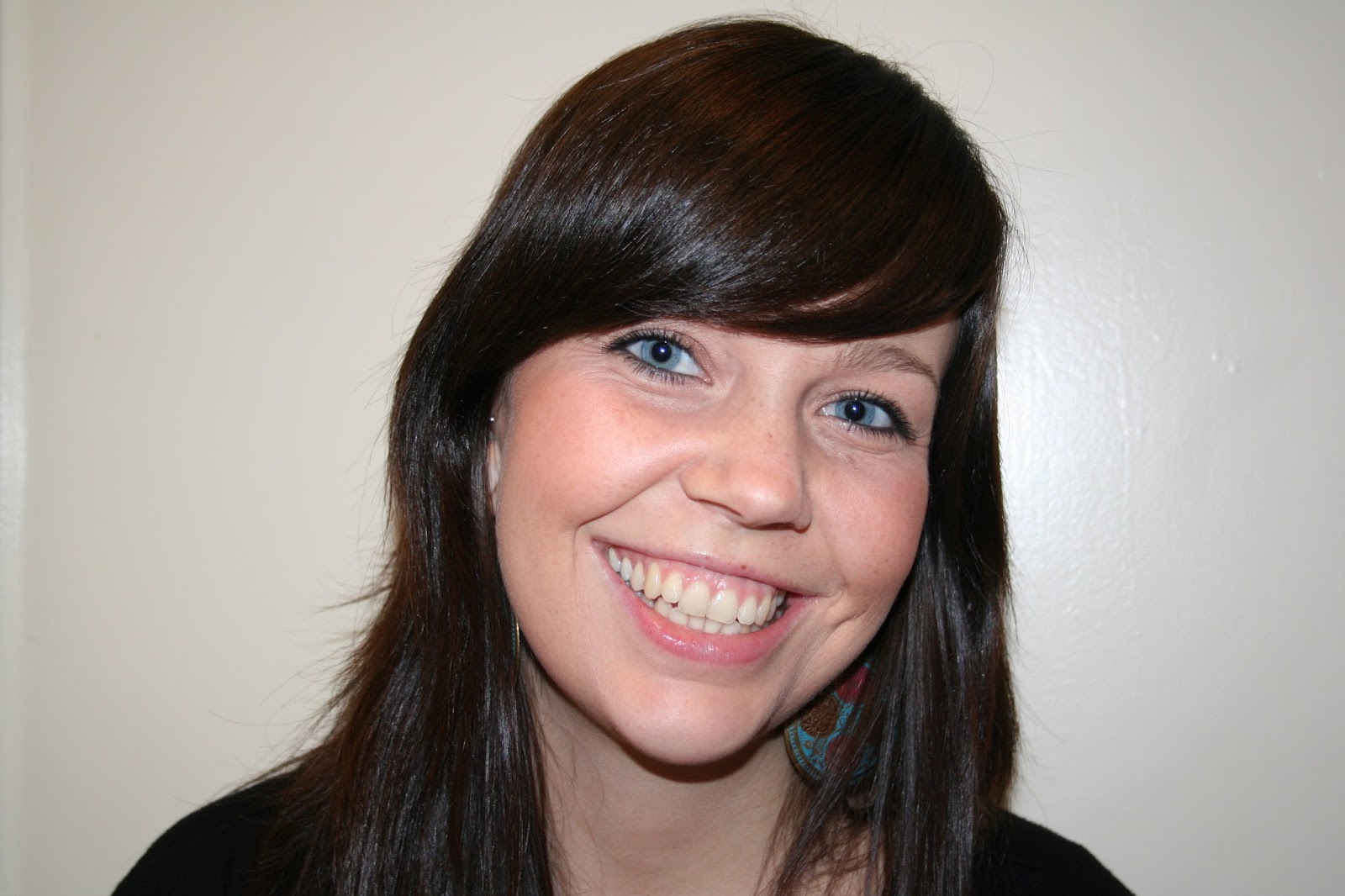Folkehjelp Norway – for a welcome culture for asylum seekers and refugees
By Denise Nanni and Milena Rampoldi,
ProMosaik. In the following our interview with Solveig Marie Igesund, Political advisor at the Refugee and Integration Department of Folkehjelp in Norway. We talked to Solveig about the situation of refugees and asylum seekers in her country, about how to struggle against racism and engage for the inclusion of people coming from war regions. Would like to thank Solveig for her important impulses. Pictures below by Werner Anderson. |
How do you
get in touch with refugees and asylum seekers that could benefit from your
help?
get in touch with refugees and asylum seekers that could benefit from your
help?
Norwegian People’s
Aid (NPA) is the only humanitarian organization running refugee reception
centres in Norway. At the start of 2016 we ran 12 reception centres for
approximately 3000 residents. Through
our operation of reception centers we have amassed a wealth of experience and knowledge
about the rights of asylum seekers and their living conditions in Norway. This
gives our organization a unique role within work to influence political policy
to improve the situation of asylum seekers and refugees. In Norway, we also
have 13
these groups run integration activities for asylum seekers and refugees.
Aid (NPA) is the only humanitarian organization running refugee reception
centres in Norway. At the start of 2016 we ran 12 reception centres for
approximately 3000 residents. Through
our operation of reception centers we have amassed a wealth of experience and knowledge
about the rights of asylum seekers and their living conditions in Norway. This
gives our organization a unique role within work to influence political policy
to improve the situation of asylum seekers and refugees. In Norway, we also
have 13
these groups run integration activities for asylum seekers and refugees.

What are the
main obstacles
main obstacles
In 2015, Norway
received 31
number. As a direct consequence, the parliament introduced several tightening
measures to deter asylum seekers from choosing Norway as a destination country.
One of the measures was the removal of the reasonableness criteria for the
internal flight alternative, which has led to an increase in rejections of
asylum applications, particularly from Afghanistan. It is also worrisome that
more unaccompanied minors receive only temporary protection without the right
to renewal. Research has shown that this policy has had far-reaching
consequences for the mental health of unaccompanied children above sixteen
years, placing them in a ‘limbo-situation’ until they reach the age of
eighteen. Norwegian People’s Aid work politically to change this policy. We
also advocate issues such as granting asylum seekers access to work and the
importance of granting children in reception centers the right to kindergarten.
received 31
number. As a direct consequence, the parliament introduced several tightening
measures to deter asylum seekers from choosing Norway as a destination country.
One of the measures was the removal of the reasonableness criteria for the
internal flight alternative, which has led to an increase in rejections of
asylum applications, particularly from Afghanistan. It is also worrisome that
more unaccompanied minors receive only temporary protection without the right
to renewal. Research has shown that this policy has had far-reaching
consequences for the mental health of unaccompanied children above sixteen
years, placing them in a ‘limbo-situation’ until they reach the age of
eighteen. Norwegian People’s Aid work politically to change this policy. We
also advocate issues such as granting asylum seekers access to work and the
importance of granting children in reception centers the right to kindergarten.

Do you carry
on any raising awareness activity? If yes, how the local communities have been
responsive so far?
on any raising awareness activity? If yes, how the local communities have been
responsive so far?
When NPA
establishes a refugee reception center we always arrange a community meeting
with representatives from the immigration authorities, police and other
relevant instances. At the community meeting the neighbors may express their
views, positive or negative, about the reception center, and we provide information and
facts about the asylum system. Our
impression is that many in the local communities are skeptical before the
establishment of the centers, but change their views as time goes by. Norwegian
People Aid doesn’t want the refugees to have a passive and monotone state at
the refugee centers. Integration activities is therefore provided from early on,
and interaction with Norwegian volunteers from the community is a priority.
Because we value interaction our refugee centers have a low level of conflict
with the Norwegian neighbors.
establishes a refugee reception center we always arrange a community meeting
with representatives from the immigration authorities, police and other
relevant instances. At the community meeting the neighbors may express their
views, positive or negative, about the reception center, and we provide information and
facts about the asylum system. Our
impression is that many in the local communities are skeptical before the
establishment of the centers, but change their views as time goes by. Norwegian
People Aid doesn’t want the refugees to have a passive and monotone state at
the refugee centers. Integration activities is therefore provided from early on,
and interaction with Norwegian volunteers from the community is a priority.
Because we value interaction our refugee centers have a low level of conflict
with the Norwegian neighbors.

Is racism a
major obstacle to the social inclusion of immigrants?
major obstacle to the social inclusion of immigrants?
Norwegian
authorities has been criticized by the UN for doing too little to combat the
threat of racism and far-wright extremist violence. Norwegian People’s Aid work
to combat hate speech by counteracting falsehood and prejudice in the public
discourse through campaigns, courses and social media. Research has shown that
immigrants in Norway experience discrimination in the labor market, housing
market and in accessing clubs. If your name is “Saera Rashid” instead of a
Norwegian name like “Ida Johannessen”, for instance, your chances of getting a
job interview is reduced by 25 per cent. Lately, the government’s priority of
immigration control has led to increased racial profiling and ID-controls in
the bigger cities. At the same time, it is important to acknowledge the efforts
made by people all around Norway to include asylum seekers and refugees in
their local communities.
authorities has been criticized by the UN for doing too little to combat the
threat of racism and far-wright extremist violence. Norwegian People’s Aid work
to combat hate speech by counteracting falsehood and prejudice in the public
discourse through campaigns, courses and social media. Research has shown that
immigrants in Norway experience discrimination in the labor market, housing
market and in accessing clubs. If your name is “Saera Rashid” instead of a
Norwegian name like “Ida Johannessen”, for instance, your chances of getting a
job interview is reduced by 25 per cent. Lately, the government’s priority of
immigration control has led to increased racial profiling and ID-controls in
the bigger cities. At the same time, it is important to acknowledge the efforts
made by people all around Norway to include asylum seekers and refugees in
their local communities.
Do you
cooperate with local authorities and institutions? If yes, how?
cooperate with local authorities and institutions? If yes, how?
When running
reception centers we are dependent on a good cooperation with the municipality
where we are based and sectors responsible for providing health services,
education and kindergartens for our residents. We also value our cooperation
with local community groups and voluntary organizations.
reception centers we are dependent on a good cooperation with the municipality
where we are based and sectors responsible for providing health services,
education and kindergartens for our residents. We also value our cooperation
with local community groups and voluntary organizations.



